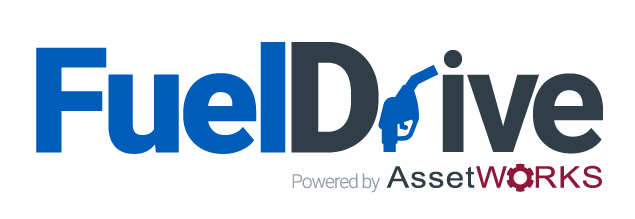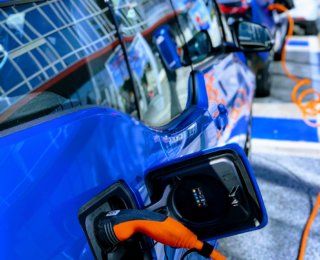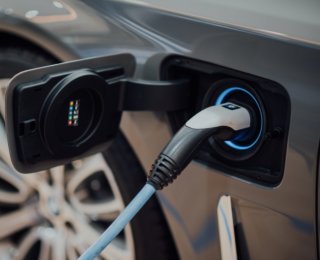If it feels like the dollar signs at the fuel pump are racing upwards as fast as your fuel gauge is racing downwards, your problem could lie in a number of a possibilities. Issues with fuel economy stem from driver behavior, vehicle maintenance, fuel maintenance and more. How can you expect to maintain your fuel and fuel storage tanks when you’re busy maintaining the rest of your fleet? Why does fuel even need to be maintained? Well, I’m glad you asked.
Fuel Has Changed – Have Your Maintenance Practices?
I know that sounds a bit ridiculous, but the processes for extracting gasoline from crude oil have evolved to meet consumer demand and environmental regulations over the last few decades. In fact, they’ve changed rapidly just since the 1990’s – and developments weren’t necessarily front-page headlines.
So how has fuel changed? In the 1960’s, the United States Army budgeted for an exploratory study into the nature of fuel storage and “shelf life.” At the time, fuel boasted an impressive shelf life: 2-5 years under normal circumstances. Diesel fuel was even more encouraging: 10 years or more of shelf life. In recent years, this number has gone down drastically. Consumer grade gasoline now has a storage life of about 90 days. Diesel fuel starts degrading in the first month, up to a painful 95% if there is water present in the fuel.
So why has fuel changed? Surprisingly enough, demand for fuel has only skyrocketed as a result of the booming global population. In normal circumstances, a refinery can develop 29 gallons of gasoline and diesel fuel from 42 gallons of crude oil. In order for these refineries to maximize production and profit, while also meeting consumers’ needs, they have had to utilize cracking processes to develop more gasoline and diesel from the same amount of crude oil.
Time for a brief Chemistry Lesson
Sorry in advance, but it feels necessary! Crude oil is composed of essentially two kinds of molecules. Some of these molecules are “large” and some are “small.” The smaller molecules are what ends up becoming gasoline and diesel, but what of the large molecules. These are considered residual byproducts, and can be used for heavy fuel oil and asphalt – generally lesser in demand than gasoline and diesel fuels. These new cracking processes break apart the large molecules to imitate the smaller molecules used in gasoline and diesel in order to maximize the desired yield. These new smaller molecules are more reactive because of their double-bond nature. More reactive molecules indicates a shorter shelf life as they are more prone to link up in polymers and form masses, become insoluble and create blockages in the fuel that may appear like sludge.
If that sounds like a lot, that’s because it is. The creation process of fuel is incredibly detailed and evolves quickly as technology and consumer demand does. If your fuel maintenance practices haven’t changed over time to accommodate the newer types of fuels (and we won’t even get into the difference of old diesel and current Ultra Low Sulfur Diesel, or ULSD), then your fleet may be experience detrimental effects in your fuel economy.
Consider Fuel Tank Cleaning, Maintenance and Treatment
The most effective way to manage your fuel and monitor for clumping or “sludge” development is to set up regular appointments to maintain your fuel. This may include visual monitoring and testing, along with chemical treatment. Certain additives or actions may help prolong the useful lifespan of your fuel, which saves you money in the long run. In addition, if your fleet is involved, or could be involved, in emergency procedures, having the ability to be sure that your fuel is ready and functional at a moment’s notice is incredibly important.
Fuel maintenance does not simply stop with the fuel itself, however. If your fleet fuels from an island and/or on-site tank, then the maintenance and cleanliness of the tank is vital to ensuring you are maximizing your fuel economy. You will need to mechanically remove any inhibiting masses or impurities from the interior tank surfaces so that the chemical treatments mentioned earlier are not impeded from doing their jobs. With a fuel tank that is clear of masses, sludge and other contaminants, you can expect to pump cleaner fuel and realize greater fuel economy.
Invest in a Fuel Management System
With the physical logistics of your fuel taken care of, now you have time to worry about the financial logistics: how can you further save money from a fuel management standpoint? Investing in an efficient fuel management system is sure to help your fleet realize significant savings. FuelDrive is a powerful fleet fuel management software designed to improve your data accuracy, capture real-time data at the pump, increase security and improve your overall fueling operations. You have the options for HaaS (Hardware as a Service) and SaaS (Software as a Service), and on average fleets experience 15% savings on fuel!










